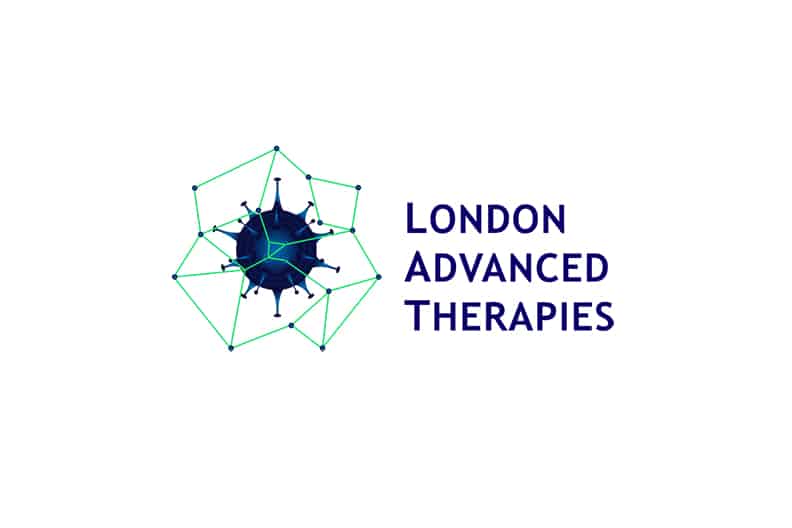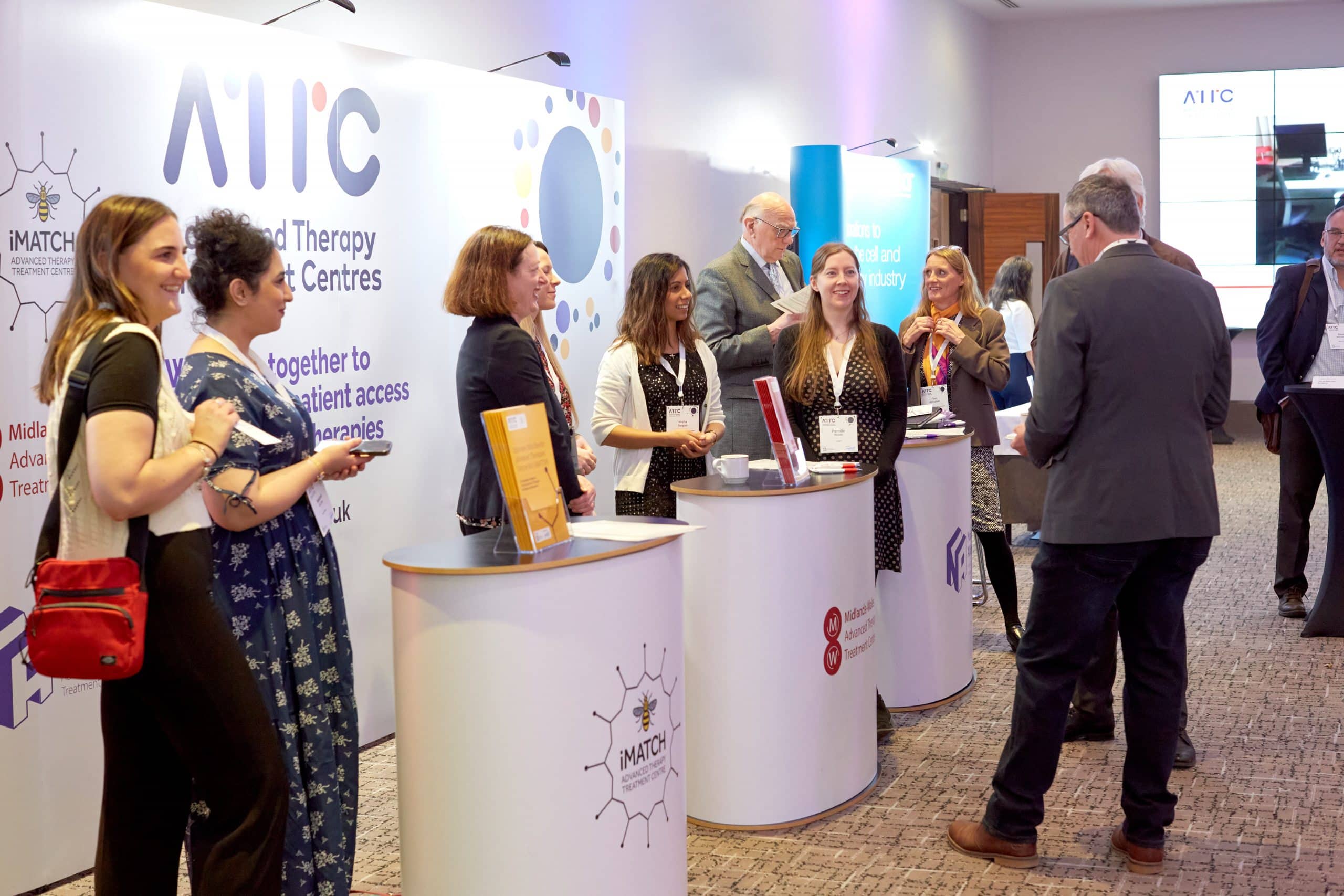Liver disease patients could one day benefit from a new cell therapy that has just completed its first clinical trial, published in Nature Medicine.
Liver disease is the third leading cause of premature death in the UK, with deaths increasing by 400% since 1970. Currently the only curative option for end-stage liver disease is liver transplantation.
Professor Stuart Forbes and a team of researchers, based at the University of Edinburgh’s MRC Centre for Regenerative Medicine, are currently developing a new macrophage cell therapy for liver cirrhosis in collaboration with researchers from the Scottish National Blood Transfusion Service (SNBTS). The results of the first clinical trial found the therapy had no significant adverse effects. Now the team is to gauge the effectiveness of the treatment – which is based on white blood cells called macrophages that are key to normal liver repair.
During the first phase of the trial the scientists took cells from the blood of nine patients with the disease and turned them into macrophages in the lab using chemical signals. This is done in partnership with SNBTS, who produce these cells to Good Manufacturing Practice in the Cell Therapy Facility at the Centre for Regenerative Medicine. The new cells were then re-injected into the patient with the hope of repairing the damaged organ from within.
Phase two of the clinical trial is currently in progress to assess how well the new treatment works. During this phase, patients are randomised to either receive the macrophages or to receive the best standard care available. The team will measure whether the treatment helps to reduce scarring and improves liver function. They should know the results of this phase 2 trial in 2021, depending on how well patient recruitment goes.
 Professor Stuart Forbes, of the MRC Centre for Regenerative Medicine at the University of Edinburgh, who directed the trial, said:
Professor Stuart Forbes, of the MRC Centre for Regenerative Medicine at the University of Edinburgh, who directed the trial, said:
“Liver cirrhosis is a major healthcare issue in the UK and is one of the top five killers. The results from this first safety trial are encouraging and we can now progress to testing how effective it is in a larger group of people. If this is found to be effective it would offer a new way to tackle this important condition.”
The research, published in the journal Nature Medicine, received funding from the Medical Research Council. The study was conducted in partnership with the SNBTS and the Cell and Gene Therapy Catapult (https://www.nature.com/articles/s41591-019-0599-8)


